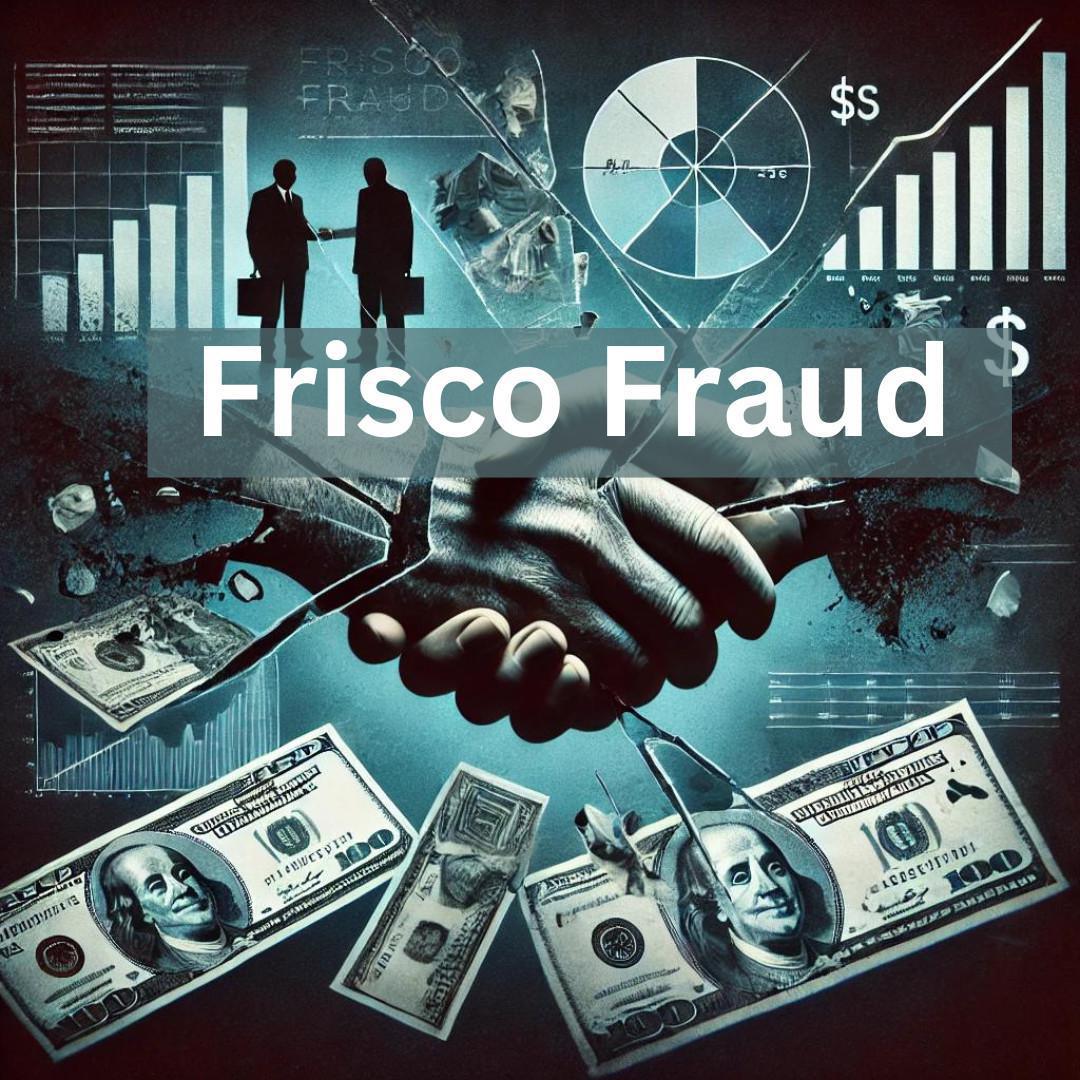Image Credit: Image Representation by Asia91.
One morning, while driving to work and listening to my favorite radio show in DFW, I heard a South Asian host enthusiastically mention “Nanban Foundation, Nanban Ventures, Nanban ESG”—company names that blurred together, leaving just “Nanban” stuck in my memory.
Little did I know, nearly a year later, this name would be synonymous with one of the largest Ponzi schemes targeting South Asians in North Texas, primarily Indian-Americans based in Frisco.
The Promise:
Nanban Ventures, spearheaded by Gopala Krishnan (GK), presented itself as a groundbreaking investment opportunity, promising a jaw-dropping 20% monthly return without any risk.
From 2021 onward, GK’s “GK Strategies” were marketed as a sophisticated financial system that could offer consistent returns without exposure to the risks of Wall Street.
The promise of such high returns—combined with assurances of safety—led to a staggering $130 million investment in just two years.
The Hook: Exclusive Invitations and Targeted Marketing
Nanban Ventures' rise was fueled by more than just enticing numbers. GK employed a carefully orchestrated affinity-based marketing strategy that played on cultural ties and personal trust within the Indian-American community.
He didn’t rely on typical advertising methods. Instead, GK hosted invite-only events at upscale venues, framing them as private educational seminars.
These were not your run-of-the-mill investment meetings but exclusive gatherings designed to make attendees feel special and privileged.
Imagine walking into a lavish ballroom filled with familiar faces—family friends, neighbors, and community leaders.
The air is thick with anticipation, not just because of the luxurious surroundings, but because attendees were told they were “chosen” to access these strategies.
The presentations felt more like financial masterclasses than sales pitches, with attendees led to believe they were on the verge of discovering a secret to financial success that only a select few could access.
Attendees were treated to polished presentations and personal success stories that reinforced GK’s credibility. He frequently referred to his own financial wins, showing how he had "perfected" his strategies through years of trading.
By framing his offerings as educational sessions, GK shifted the focus away from a traditional investment pitch and towards a sense of mentorship and learning.
Targeting Through Personal Referrals and Reinforcement
Nanban’s strategy was rooted in personal connections and trust. Initial investors were encouraged to bring along friends and family members, fueling a cycle of personal referrals.
Each new investor received the same warm, exclusive welcome, reinforcing a sense of community and shared success.
Those who were unsure or on the fence were reassured by seeing people they trusted already on board. As investments flowed in, so did invitations to more exclusive sessions, where investors received deeper insights into the “science” behind GK’s methods.
As attendees became more engaged, they began to act as evangelists for Nanban, bringing more people into the fold. This wasn’t just a recruitment strategy; it was a way to keep investors emotionally and financially invested.
The more sessions they attended, the more they believed in the strategy, and the more committed they were to keeping it going.
Nanban cheated mostly the Tamil diaspora, who trusted them badly.
The fraud was so impactful that even a firm like Hindenburg Research conducted a thorough analysis and exposed the scheme.
The Unraveling: The SEC Investigation and Hidden Truths
In October 2023, the facade crumbled. The SEC launched an investigation, revealing that Nanban Ventures was nothing more than a sophisticated Ponzi scheme.
The company, which had attracted over 350 investors and raised more than $130 million, was not generating the returns GK had promised. Instead, new investor money was being used to pay off older investors, creating a false sense of profitability.
The SEC complaint highlighted the extent of the deception:
- $89 million was raised through venture capital funds from more than 350 investors.
- An additional $39 million was funneled from smaller groups through direct investments.
- To keep the illusion alive, $17.8 million in fake profit payments were made to investors.
- $70 million of investor funds were funneled into companies owned by GK and his partners, creating a false appearance of business success.
- The founders also siphoned off $6 million for personal use, all while maintaining a public image of financial integrity.
Impact on the Community
The fallout has been devastating. Many of those who invested in Nanban weren’t merely looking to grow their wealth—they were hoping to secure their futures, their children’s education, and their retirement.
These were not casual investors; they were people who invested their life savings and hard-earned money, only to see it vanish into thin air.
The scandal left a deep scar on the Indian-American community in Texas, with many now grappling with feelings of betrayal, anger, and financial loss.
Final Thoughts
Nanban Ventures’ collapse is a stark reminder of the dangers that lurk when trust and skepticism collide. It’s not just a tale of financial loss—it’s a narrative of broken promises and shattered trust.
The very people who built their reputation on being trustworthy members of the community turned out to be those who caused the most harm.
As the legal proceedings continue, the Indian-American community in Frisco is left to pick up the pieces, wondering if they will ever see their hard-earned money again.


